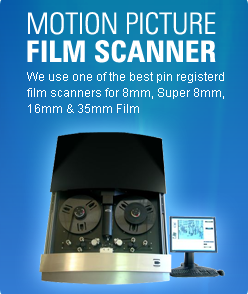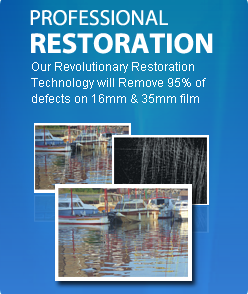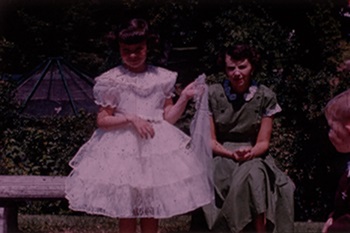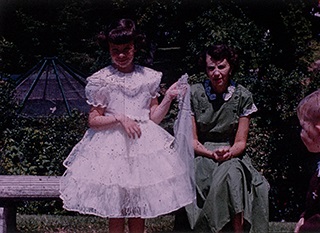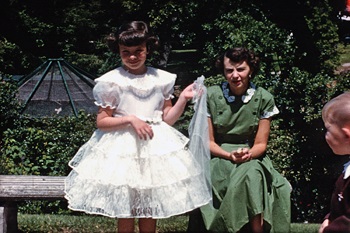
Some customer in Rockford may be wondering just how much information is actually on film!! That's a good question. Film is an analogue source, like a painting. There is a certain resolution needed to faithfully capture all the details in a digital form. The following images are a simplification to illustrate some general points and are not exact.
In general it is recommended that you scan at or above the resolution of the film. For 8mm and Super 8 that means scanning at HD or 2K.
So, for example, if you are looking for the best quality DVD, scan your 8mm or Super 8 at HD. If you are looking to go to BluRay then scan your 8mm or Super 8 at 2K.
16mm Film Rockford |
|
Process Comparison
|
|
Pro SD Scan
|
|
Pro HD Scan
|
|
Pro 2K Scan
|
|
35mm Film |
|
Process Comparison
|
|
Pro HD Scan
|
|
Pro 2K Scan
|
|
Pro 4K Scan
|
|
Rockford Fun Facts: In 1837 the community's name was officially changed to Rock Ford and in 1852 Rockford was incorporated as a city. The arrival of the Galena & Chicago Union Railroad was an early catalyst for the region's economic growth, which continued for several decades. By the turn of the century, Rockford was recognized as a significant industrial and manufacturing center and home to many nationally known manufacturers. Although the city's industry took a major hit during the decades following World War II, the economy in recent years has rebounded, and today features an abundance of professional and business services, making the city a thriving commercial center as well as a cultural and entertainment hub.
Illinois Fun Facts: The first Europeans to visit Illinois were the French explorers Louis Jolliet and Jacques Marquette in 1673, but the region was ceded to Britain after the French and Indian War. After the American Revolution, Illinois became a territory of the United States, and achieved statehood in 1818. Located on Lake Michigan, and connected to the eastern ports via the Erie Canal, Chicago became a booming metropolis, and even the fire of 1871 could not stunt its growth. In the second half of the 19th century the great need for workers in the mills, rail yards and slaughterhouses made Chicago a popular destination for immigrants and freed blacks.
